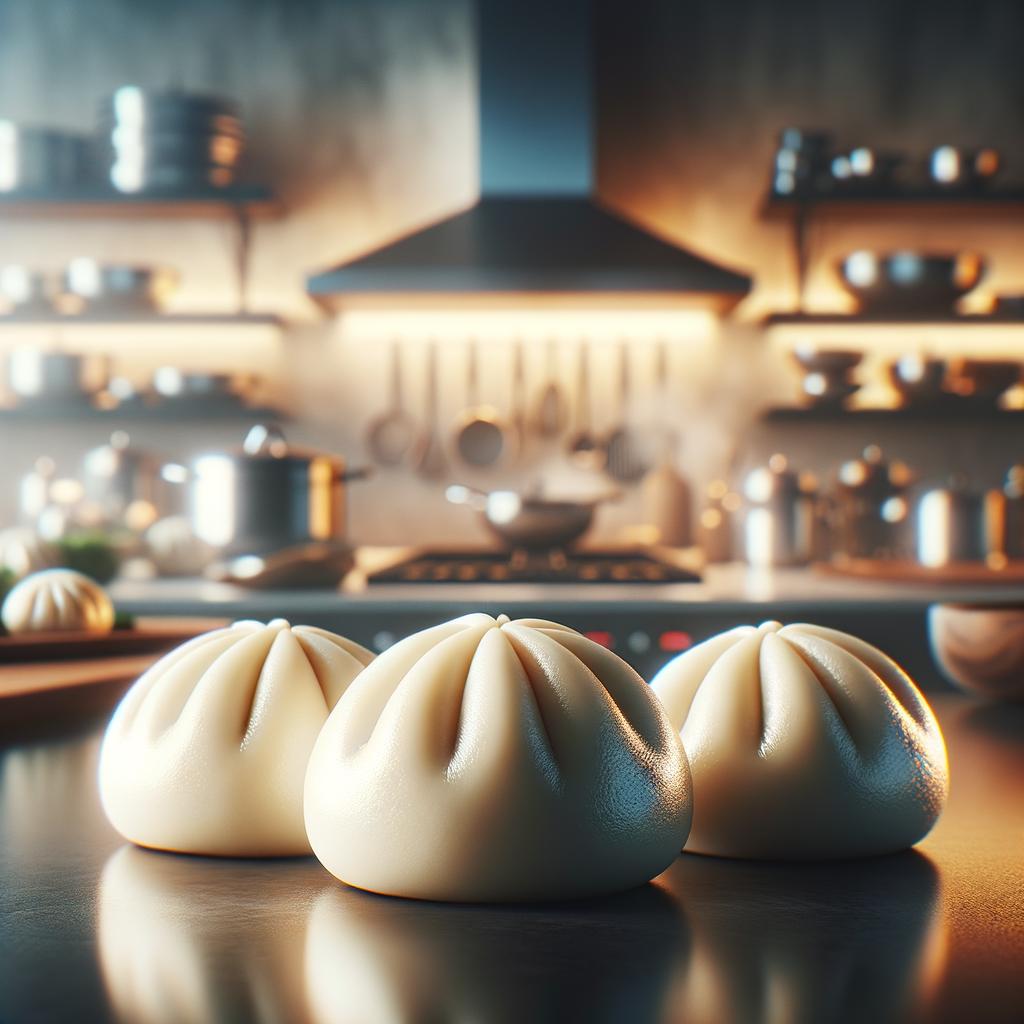Bao Buns

Description
Bao buns, affectionately known as the "pillows of happiness," are a delightful culinary marvel. They are a type of yeast-leavened filled bun in various Chinese cuisines. These buns have a distinctive appearance, resembling a soft, fluffy cloud with a smooth, lightly golden exterior that gives way to a brilliantly white interior. The texture is a delightful contradiction, with a slightly chewy exterior that yields to a tender, almost melt-in-your-mouth interior. The flavor is subtly sweet, providing the perfect backdrop for a variety of fillings, from savory to sweet. The unique characteristic that sets bao buns apart is their versatility; they can be filled with nearly anything, making them a blank canvas for culinary creativity.
Primary Uses
Bao buns are a staple in Chinese cuisine, but their popularity has spread worldwide. They are commonly used as a vessel for a variety of fillings, ranging from braised pork belly to sweet red bean paste, and everything in between. Bao buns are often a key component in dim sum, a style of Chinese cuisine involving small bite-sized portions served in steamer baskets. Beyond the culinary world, bao buns hold cultural significance in Chinese tradition, often served during festivals and celebrations as a symbol of good fortune.
History
The history of bao buns is steeped in Chinese folklore and tradition, dating back to the third century AD. Legend has it that a military strategist invented the bao bun as a substitute for human heads in a ritual. Over the centuries, these buns have evolved from a ritualistic food to a beloved staple, enjoyed by everyone from emperors to common folk. The bao bun's popularity has continued to grow, with innovative chefs and home cooks alike experimenting with fillings and flavors, pushing the boundaries of this humble bun's potential.
Nutritional Information
Bao buns, in their simplest form, are made from flour, yeast, sugar, and water, making them a source of carbohydrates. They are low in fat and, depending on the filling, can provide a source of protein. They also contain trace amounts of minerals such as calcium and iron. When compared to similar bread-based foods, bao buns are generally lower in calories and fat, making them a healthier choice. However, it's important to remember that the nutritional value can greatly vary based on the fillings. Despite their nutritional profile, bao buns are meant to be enjoyed as part of a balanced diet, providing not just sustenance, but a bite of history and culture with every delicious mouthful.

